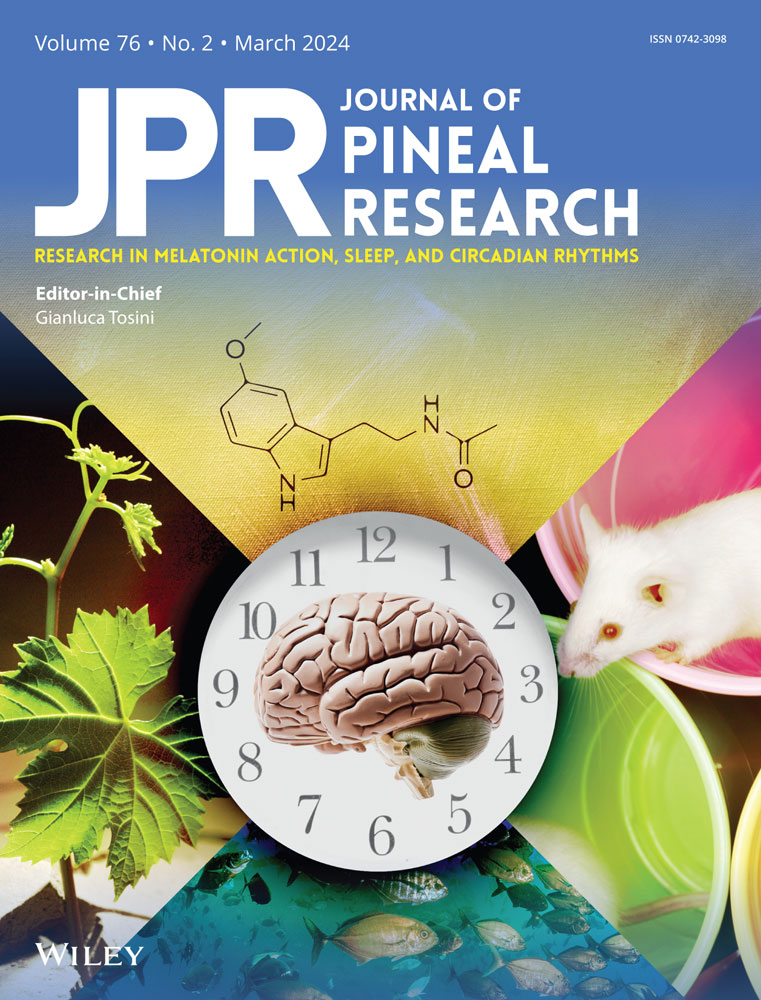Light environment in the Arctic differs widely with the seasons. Studies of relationships between objectively measured circadian phase and amplitude of light exposure and melatonin in community-dwelling Arctic residents are lacking. This investigation combines cross-sectional (n = 24–62) and longitudinal (n = 13–27) data from week-long actigraphy (with light sensor), 24-h salivary melatonin profiles, and proxies of metabolic health. Data were collected within the same week bracketing spring equinox (SE), and winter/summer solstices (WS/SS). Drastic seasonal differences in blue light exposure (BLE) corresponded to seasonal changes in the 24-h pattern of melatonin, which was phase delayed and reduced in normalized amplitude (NA) during WS/SS compared to SE. The extent of individual melatonin's acrophase and Dim Light Melatonin Onset (DLMO) change from SE to WS correlated with that from SE to SS. Although similar in extent and direction, melatonin phase changes versus SE were linked to morning BLE deficit in WS, contrasting to evening BLE excess in SS. Seasonal changes in sleep characteristics were closely associated with changes in the phases of BLE and melatonin. Proxies of metabolic health included triglycerides (TG), high-density lipoprotein cholesterol (HDL), TG/HDL ratio, and cortisol. Adverse seasonal changes in these proxies were associated with delayed acrophases of BLE and melatonin during WS and SS. TG and TG/HDL were higher in WS and SS than in SE, and cross-sectionally correlated with later melatonin and BLE acrophases, while lower HDL was associated with later BLE onset and later melatonin acrophase. Overall, this study shows that optimal 24-h patterns of light exposure during SE is associated with an earlier acrophase and a larger 24-h amplitude of melatonin, and that both features are linked to better metabolic health. Improving light hygiene, in particular correcting winter morning light deficit and summer evening light excess may help maintain metabolic health at high latitudes. Novel solutions for introducing proper circadian light hygiene such as human-centric light technologies should be investigated to address these issues in future studies.


